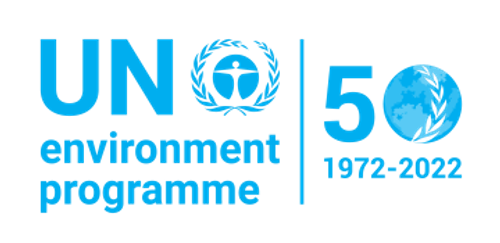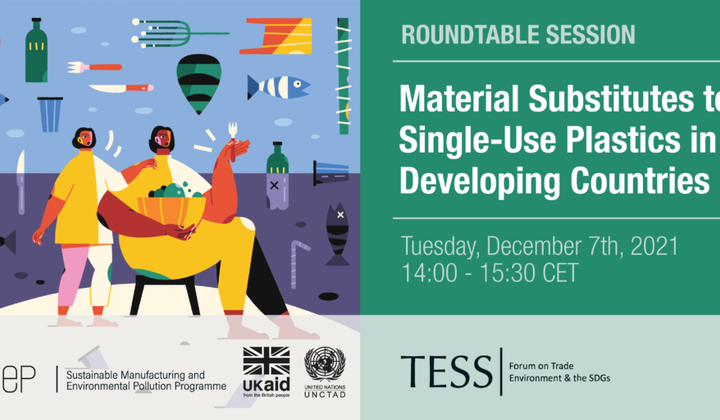The current linear model of the textiles and clothing sector puts significant pressure on natural resources and ecosystems across the life cycle of products. The transition to a more circular textiles sector requires a shift towards safe, recycled, or renewable inputs, with a significant reduction in the use of virgin non-renewable materials, which pose the threat of releasing hazardous substances or plastic microfibres in the environment. As a contribution to this discussion, UNEP and TESS convened an informal roundtable on trade and the circular economy in the textiles and clothing sector.
The meeting brought together together Geneva-based trade delegates from both developed and developing countries with leading experts from think tanks, research centres, stakeholder organizations, and international organizations in an informal and off-the-record setting. Representatives of delegations from different regions and with different roles in textiles trade spurred the discussion, followed by an open discussion among delegates and invited experts.
Topics for attention included:
- key sustainability and circularity aspects in the textiles and clothing sector from a social, economic, and environmental perspective;
- key trade trends relevant to circularity in the textiles and clothing sector;
- recent trends, regulations, and supply chain initiatives at the international level to promote a shift to a more circular economy in the textiles and clothing sector;
- the role of trade and trade-related policies in fostering an inclusive and fair transition towards greater circularity in the textiles and clothing sector;
- options and suggestions for experience-sharing, dialogue, and deliberations at the multilateral level.
Agenda
Welcome Remarks on Behalf of UNEP and TESS
- Elisa Tonda, Chief, Resources and Markets Branch, UNEP
- Carolyn Deere Birkbeck, Director, TESS
Session 1: Setting the Scene: Trade Trends and Environmental Challenges in the Textile Sector
Significance of the Textiles Sector for Developing Countries, Global Trade, Flow, and Circularity Trends
- Henrique Pacini, UNCTAD
Environmental Hotspot Analysis of Textile Value Chain and Trade
- Jayasurya Kalakkal, UNEP
Discussion Starters: Reflections from representatives from 2-3 WTO delegates
Key topics for discussions
- What are key trade-related considerations relevant to the transition to a circular economy for textiles?
- What are the key priorities, challenges and opportunities for developing
countries in relation to the transition to a more circular economy in the
textiles sector? - What is the role of trade and trade-related policies in fostering an inclusive
and fair transition toward greater circularity in the textiles and clothing
sector?
Session 2: Emerging Trade-Related Initiatives Relevant to Circularity in Textiles
Private Sector Initiatives on Circularity in the Textiles Sector and Trade Dimensions
- Arpit Bhutani, Circular Innovation Lab
Traceability initiatives for sustainable, circular garment and footwear
- Elisabeth Tuerk, UNECE
Government-led requirements for circularity in textiles
- Colette van der Ven, TULIP Consulting
Discussion Starters: Reflections from representatives from 2-3 WTO delegates
Key topics for discussions
- What are key priorities, opportunities, and challenges related to the evolving
landscape of supply chain and private initiatives on circularity relevant to
international trade, including those related to transparency, traceability,
standards, and government-led requirements? - What is the role of international cooperation in fostering effectiveness,
fairness, and inclusivity in design and implementation of trade-related circular
economy policies? What are the perspectives of developing countries in this
regard? - What are the priorities for international cooperation? How and where could
these be advanced and by whom?




